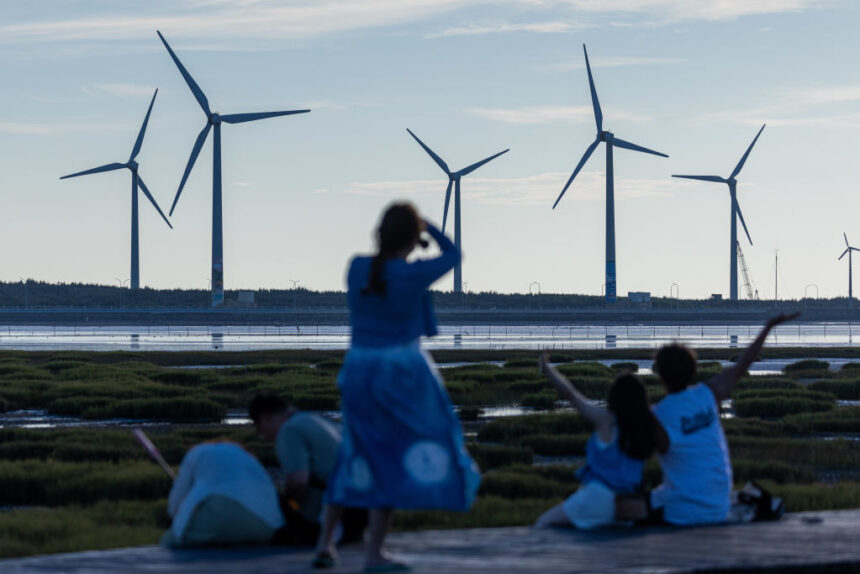The demand for energy in southeast Asia is expected to surpass that of the EU, but with the risk of CO2 emissions increasing at a faster rate, according to a report.
By 2035, southeast Asia is projected to contribute a quarter of the world’s energy demand growth, second only to India and more than double the region’s growth since 2010. Energy demand in the region is set to exceed that of the European Union by mid-century, leading to a 35 percent increase in energy-related CO2 emissions.
The International Energy Agency (IEA) report highlights the challenges that rapid growth in energy consumption poses for southeast Asia’s energy security and climate goals. The growing use of air conditioning during heatwaves is expected to drive a 4 percent annual increase in electricity consumption.
While clean energy sources such as wind, solar, bioenergy, and geothermal are projected to meet over a third of the region’s energy growth by 2035, it may not be enough to offset the rise in CO2 emissions.
To achieve national and regional climate goals aligned with the outcomes of the COP28 conference, emissions will need to be halved by 2050. Eight of the 10 member economies of the Association of Southeast Asian Nations (ASEAN) have set net zero emissions targets.
The report emphasizes the importance of accelerating clean energy transitions to create jobs and expand clean energy technology manufacturing in the region. Countries like Indonesia, Vietnam, Thailand, and Malaysia play significant roles in producing renewable energy technologies such as lithium-ion batteries and solar PV systems.
International cooperation through organizations like ASEAN will be crucial in advancing secure and clean energy transitions amidst escalating geopolitical tensions, according to the IEA.
Source link






